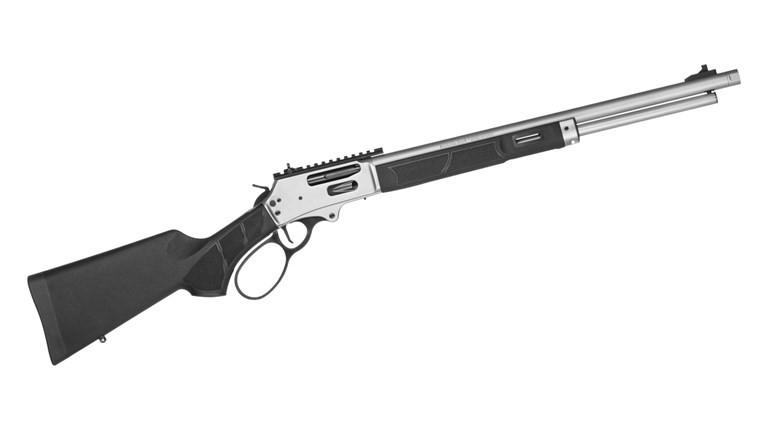
Once the defensive shooter has begun to grasp the basics of gun handling and marksmanship, it is time to begin to work on tactics. One of the most important tactics is movement: By quickly moving when an attack occurs, we cause the attacker to have to readjust his aim and his stance. There may also be a psychological advantage in that the attacker’s confidence is weakened and he may not feel so quite in charge of the situation.
Often, with classes on a square range, we may work at having the students move a few steps one way or another. This is largely due to the limitations we face due to the location and the size of the class. In actuality, it is a good idea to move as much and as often as possible. The only reason that I would move one or two steps is if that was all it took to get behind cover.
In considering movement it is also important to consider foot work. Anytime a person’s feet are together they are in danger of being off balance or easily knocked down. We learn to step and stand so that our feet are never together and we can maintain some sort of athletic stance.
In considering movement, we should practice moving to one side or another, or at an angle, or in a circling motion. There are, however, two forms of movement that can cause us trouble. One is to move straight backwards, because this is the likeliest way to trip over something. The second is to turn our backs to the threat because we lose total control and have no idea where our attacker is or what he is doing.
It is an excellent idea to practice movement with a partner. No guns of any kind are needed. One simply plays the bad guy and the other the victim. The bad guy’s task is to simply stay facing his victim and in a position where he can make his attack. The victim tries to move with speed or unexpected direction in order to get the attacker off balance. And you lose points any time your feet come together. On the square range we are forced to deal with a one-dimensional situation but the practice sessions give us a true three-dimensional experience and more closely resemble a real-life situation.
Take time to consider and practice your movement techniques. It could just be the very thing that saves your life.



































